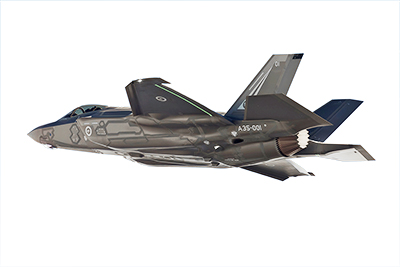Resources driving exports, jobs and royalty taxes
THE VALUE of Australia’s resources and energy exports have helped drive a 4.4 percent increase in the price of export for the December quarter, with strong growth in coal and LNG exports said the Queensland Resources Council (QRC).
Queensland Resources Council chief executive Ian Macfarlane said the data released by the Australian Bureau of Statistics showed the export price index for national coal exports increasing by 3.7 percent while LNG soared by 8.6 percent.
“This should come as no surprise after Queensland coal and LNG exports broke records in calendar year 2018,” Mr Macfarlane said.
“Total coal exports reached 223 million tonnes (mt) surpassing the last record by 2mt set in 2016 while Queensland LNG from the Port of Gladstone set a new export record of 20.58mt.
“Every tonne of coal and all resources exported brings in royalty taxes, which help pay for Queenslanders’ roads, schools and hospitals, and pay for the teachers that educate our children, the nurses and doctors who look after our health and the police force that keeps us safe.
“Combined royalty taxes from resources will pour a record $5.2 billion into the Palaszczuk Government’s coffers this financial year.
“It’s more good news for jobs in resources with the latest data showing 10,200 roles were created nationally over the November quarter which is more than a 4 percent increase - the highest total employment since May 2014.
“The Queensland resources sector has created 10,000 jobs over the past year – that’s a new job every 40 minutes.”
ends
- Created on .

 How to resolve AdBlock issue?
How to resolve AdBlock issue? 